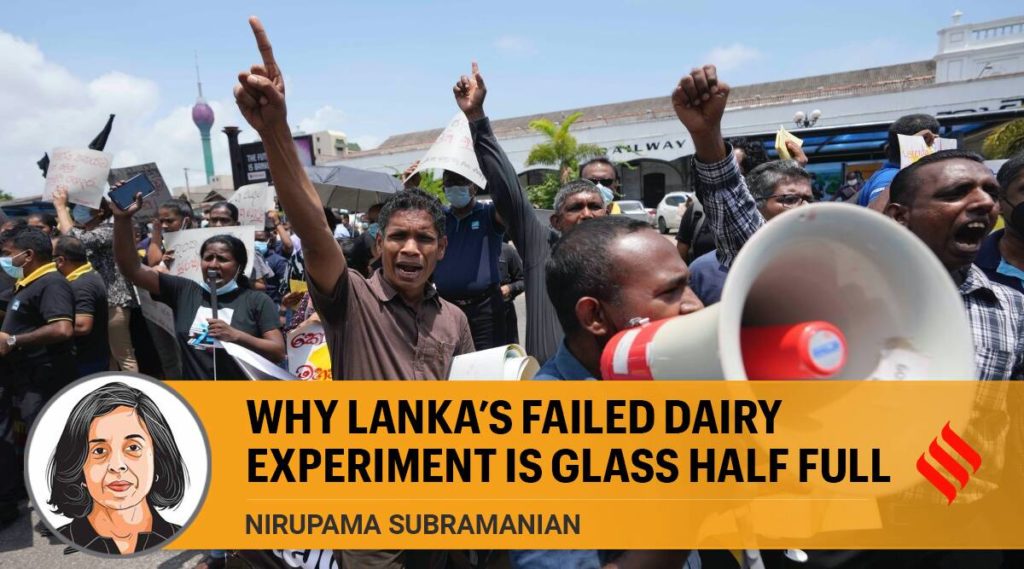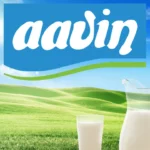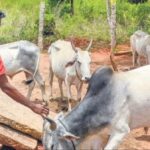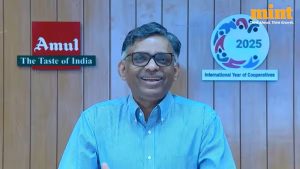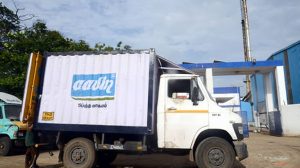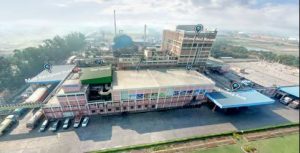
It was sometime in 1997. In Colombo, in the basement banquet hall of a five-star hotel, the “milk man of India” was addressing a press conference to announce a $20 million joint venture between the National Dairy Development Board and Sri Lanka’s state-owned MILCO. It would be called Kiriya — kiri being the Sinhalese word for milk. Varghese Kurien was upbeat about his new project. He had come at the invitation of then President Chandirka Bandaranaike Kumaratunga. He said the aim was to make Sri Lanka self-sufficient in milk. We want to replicate Operation Flood here, he said.
By then, I had been about a year or so in Colombo as the Sri Lanka correspondent of The Indian Express, long enough to realise that fresh milk was an exotic commodity, and milk powder ruled the market — rows of neatly stacked packs of full-cream milk powder on supermarket shelves, and in the refrigerated sections, tubs of creamy yoghurt made with imported milk powder, and a full range of cheese, all flown in from Europe and Down Under. My lasting memory of a first meeting with a Tamil militant leader-turned-mainstream politician in Colombo is of him sitting in the basement of his well-guarded fortress-like home, his back to the wall with a clear view of the bunker’s metal door, munching crackers with cubes of Kraft cheese.
At the press conference, I had made bold to ask Kurien if he was aware of the import lobbies in Sri Lanka and how much of a fightback he expected from them. His reply was something to the effect that he had faced bigger challenges in India, and this was no problem at all.
Many times during a recent trip to Colombo, my mind went back to that brief encounter as I heard about the milk powder scarcity, secretive WhatsApp tipoffs from groceries to loyal customers about fresh arrivals, the jacked-up rates for a 400 gm packet, children having to go without milk, and tea kades offering only black tea.
Crippled by an acute shortage of dollars, Sri Lanka has restricted all its imports, including essential food items. At the time Kurien ventured into Sri Lanka, the country’s annual milk powder import bill was $60 million. In 2021, dairy imports accounted for $317 million of Sri Lanka’s total consumer goods imports of $1.6 bn (the total imports in 2021 were $21 bn, of which non-fuel imports were $16bn).
Kiriya was never able to get off the ground. Union action over wages, hours of work, hirings and firings kept the three MILCO processing plants non-operational or functioning at levels much less than their capacity as to make them unsustainable. Influential ruling party politicians controlled the unions (as an aside, two decades later, it was again trade unions that ensured that the Rajapaksa government cancelled the tripartite agreement with India and Japan for the joint development of the East Container Terminal by paralysing work at Colombo Port for weeks on end).
Indian NDDB officials who had been sent over to run Kiriya were clearly unprepared for the extent of opposition. It was well understood by all that milk powder lobbies were hard at work to ensure there would be no “white revolution” in Sri Lanka. On one particularly bad day, the Indian managers at Kiriya had to hastily leave the premises as workers set up a menacing chant of “India Go Back”.
“All we know is that we are up against very powerful forces. The stakes are very high,” one official told me at the time.
Various other reasons were also forwarded for Kiriya’s failure — Sri Lanka does not have a pastoral tradition, its limited arable land cannot be used for growing fodder and grazing, and Sri Lankans love their coconut milk and have no special affinity to dairy milk, or cuisine that uses milk products. But Sri Lanka’s milk consumption has steadily grown since the 1980s, when the country introduced free market polices that opened the doors to unrestricted imports, and as the demand for milk grew among the country’s urban wealthy.
According to an appraisal of the dairy sector commissioned by Sri Lanka’s Ministry of Livestock Development and Estate Infrastructure and NDDB in 1998, the per capita consumption of milk and milk products in Sri Lanka, which was about 13 kg in 1981, had increased to 36 kg by 1996, low compared to India and Pakistan, but at the time close to the medically recommended 41.6 kg.
The dairy sector itself is tiny. There was some talk of strengthening it in the mid-2000s when the government’s move to raise the price of milk powder to set off the huge import bill met with political opposition. The plan included refurbishing the three MILCO plants that Kiriya had taken over and failed to turn around. But nothing came of it. Imported milk powder continued to fill the gap. Sri Lanka is to this day a great milch cow for the world’s milk multinationals.
It is bitter irony that Colombo has put in orders for milk powder and dairy products under the emergency $1 bn food and commodities credit line extended to it by India. That might be vindication for NDDB. In Sri Lanka, some see the present crisis as an opportunity to learn lessons about self-sufficiency at least in low-hanging sectors, including the dairy sector. It won’t be easy but it is definitely worth a shot.
